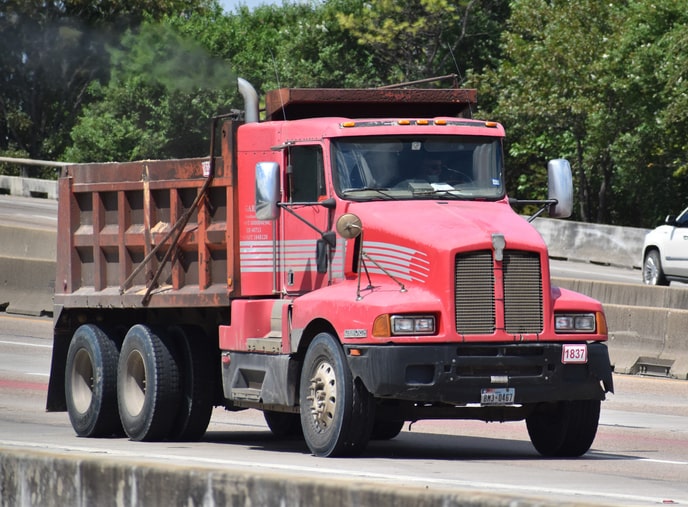The Federal Motor Carrier Safety Administration (FMSCA), a vital agency in the United States Department of Transportation, is pivotal in regulating the trucking industry. With its primary mission to reduce crashes, injuries, and fatalities involving large trucks and buses, the FMCSA’s actions significantly impact how the industry operates.
The Federal Motor Carrier Safety Regulations (FMCSR) were first published in 1937. These rules are intended to reduce the number of accidents and fatalities caused by commercial motor vehicles.
Here, we discuss the most essential changes to the regulations in the past five years.

Recent Updates to the Federal Trucking Safety Regulations
The FMCSRs are occasionally updated to improve road safety, reduce accidents, and better identify companies that need the most intervention.
The most recent include:
- Electronic Logging Devices (ELDs)
The FMCSA implemented the ELD mandate, requiring commercial motor vehicle drivers to use electronic logging devices to record their hours of service accurately. This mandate was fully enforced as of December 2019.
- Hours of Service (HOS) Regulations
The FMCSA revised the Hours of Service regulations in 2020, including modifications to the following:
- Short-haul Exception
Expands the short-haul exception to 150 air miles and allows a 14-hour work shift as part of the exception.
- Adverse Driving Conditions Exception
Expands the driving window during adverse driving conditions by up to an additional 2 hours.
- 30-Minute Break Requirement
Requires break of at least 30 consecutive minutes after eight cumulative hours of driving time (instead of on-duty time) and allows an on-duty/not driving period to qualify as the required break.
- Sleeper Berth Provision
Modifies the sleeper berth exception to allow a driver to meet the 10-hour minimum off-duty requirement by spending at least seven hours of that period in the berth combined with a minimum off-duty period of at least two hours spent inside or outside the berth, provided the two periods total at least 10 hours. When used together as specified, neither qualify period counts against the 14-hour driving window.
- Drug and Alcohol Clearinghouse
The FMCSA’s establishment of the Drug and Alcohol Clearinghouse, which became operational in January 2020, serves a crucial purpose. This database tracks drug and alcohol violations by commercial driver’s license (CDL) holders, which ensures compliance with federal regulations and maintains safety standards.
- Entry-Level Driver Training (ELDT) Rule
The FMCSA implemented the Entry-Level Driver Training (ELDT) rule, which sets minimum training requirements for individuals seeking to obtain a commercial driver’s license (CDL) for the first time or upgrade their existing license. The rule went into effect in February 2020.
- PENDING: Speed Limiters
Although not yet implemented federally, there have been discussions and proposals regarding installing speed limiters on commercial vehicles to improve safety and reduce accidents.
As FMCSA regulations continue to change, this article will be updated.
Contact Our Accident and Injury Attorneys Today
If you or someone you love was injured in a crash with a commercial motor vehicle caused by negligence in Texas, call our skilled accident and injury attorneys at (512) 883-0277 or contact us online today to schedule a free consultation.
We pursue dedicated, driven results for our clients, and there is never a charge to talk to an attorney. We stand ready to help you.





